
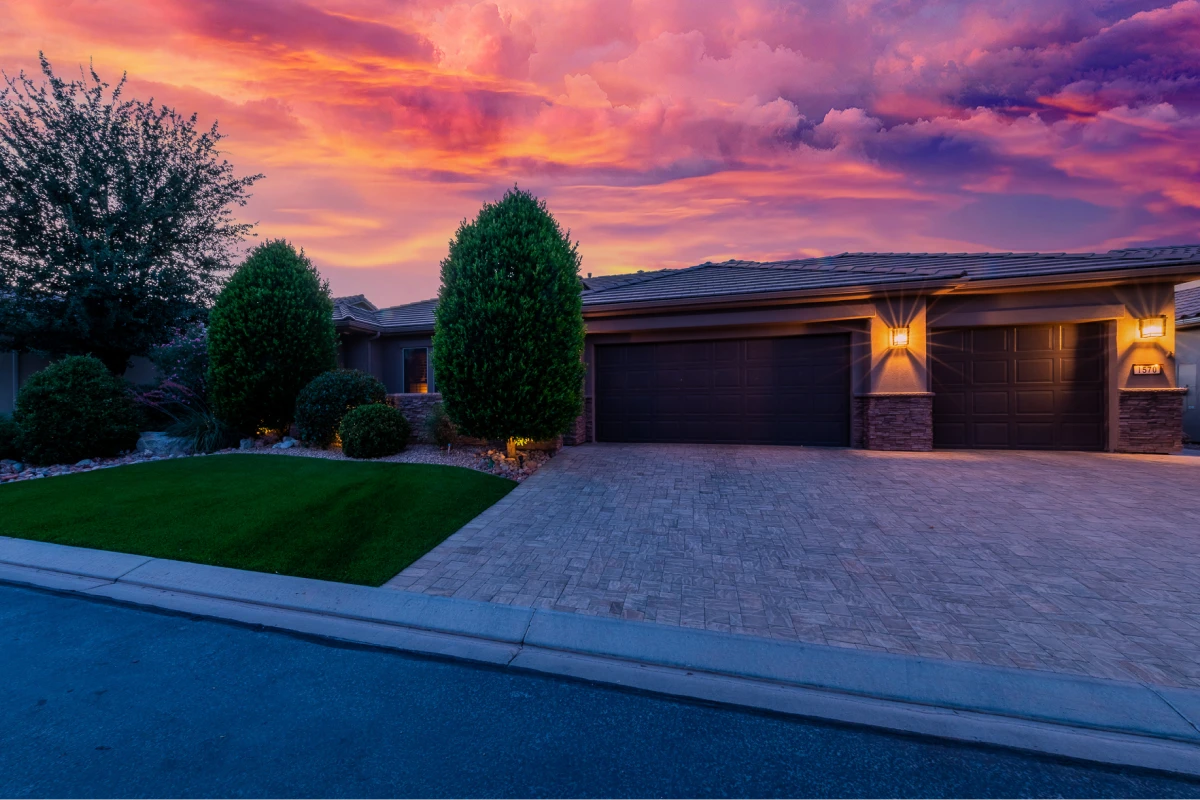

Rock walls are a truly stunning addition to almost any landscape, providing significant aesthetic appeal and essential functional benefits. A well-built rock wall or stone wall can define spaces, manage elevation changes, and add enduring natural beauty. In this article, EcoGreen Landscaping & Pools shares insights into the various aspects of rock walls, exploring types, benefits, construction methods, and maintenance, drawing from our extensive experience serving Southern Utah. Whether you’re considering adding a rock wall to your property or simply want to learn more, this guide is a comprehensive resource.
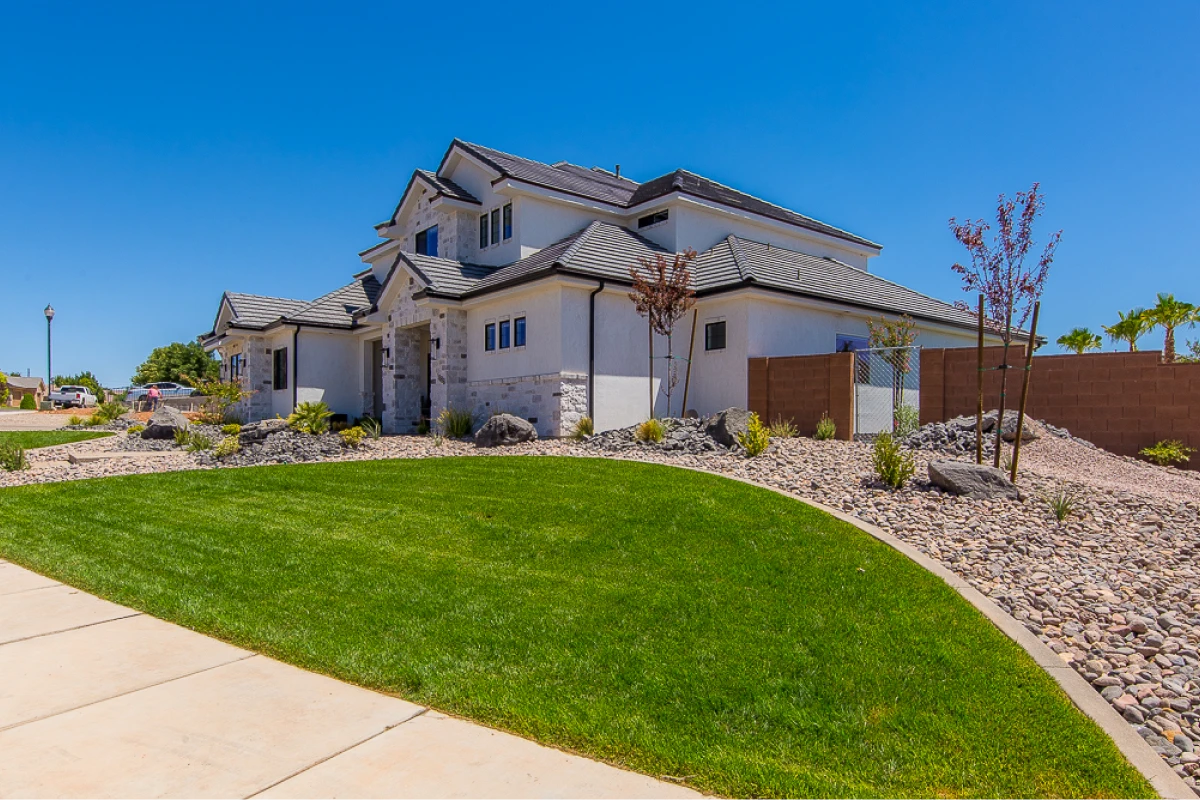
A dry stack wall, also known as a dry stone wall, is constructed without mortar. Instead, it relies purely on the careful placement, weight, and shape of each individual stone to hold the wall together. This traditional method allows for natural drainage and flexibility, fitting perfectly into rustic or naturalistic landscape design. The natural rock look blends seamlessly.
Benefits include:
Mortared rock walls are built using mortar to bond the stone pieces, creating a very solid and durable stone structure. These walls are excellent for more formal gardens or as robust retaining walls. Using mortar allows for greater height and stability compared to some dry stack methods.
Key advantages include:
Retaining walls are specifically engineered walls designed to hold back soil and prevent erosion, particularly crucial in a sloped yard or property with a steep slope. While essential for function, retaining walls can also be beautiful landscape features. They can be constructed from various materials, including natural stone, concrete blocks, timber, or even as a gabion wall (wire cages filled with rock). A rock retaining wall offers both strength and natural aesthetics.
Important considerations for retaining walls include:
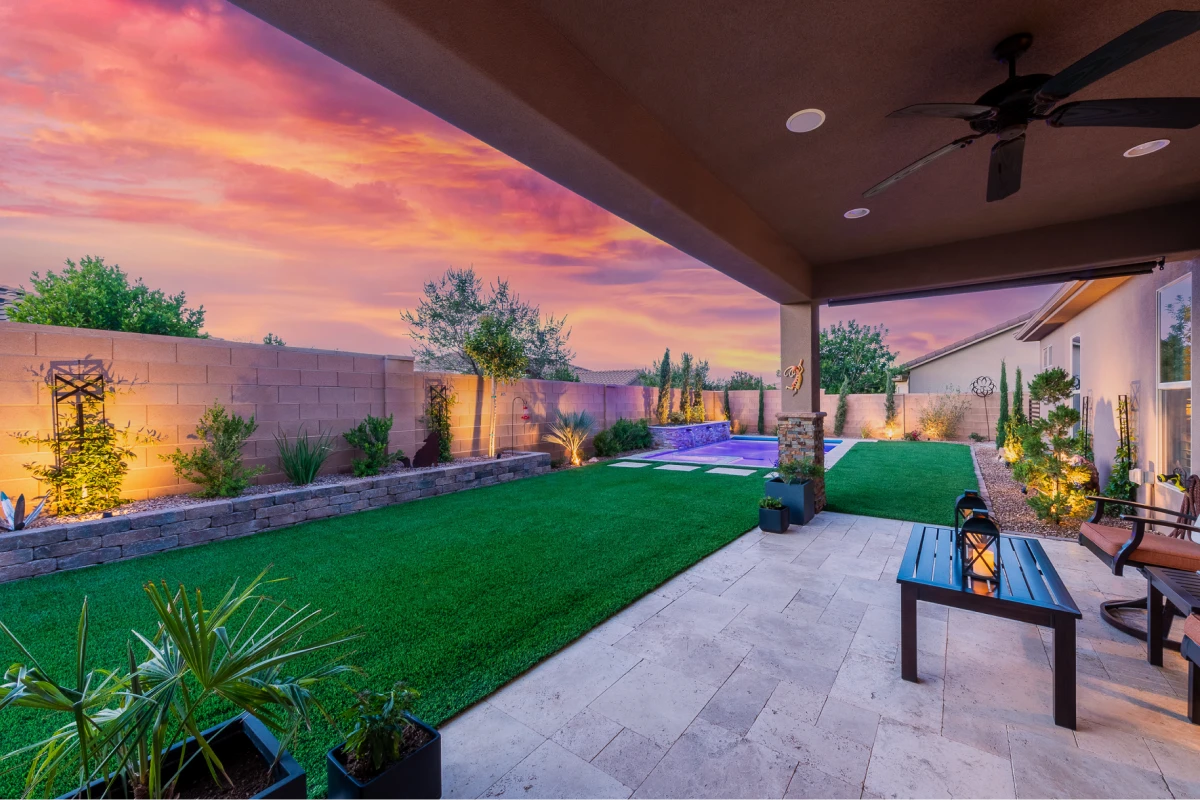
Rock walls, including decorative rock walls, add timeless, natural beauty and texture. Whether using large boulders or carefully selected smaller stone, they create visual interest, serving as focal points or defining elements within your outdoor space. The character of natural stone is hard to beat.
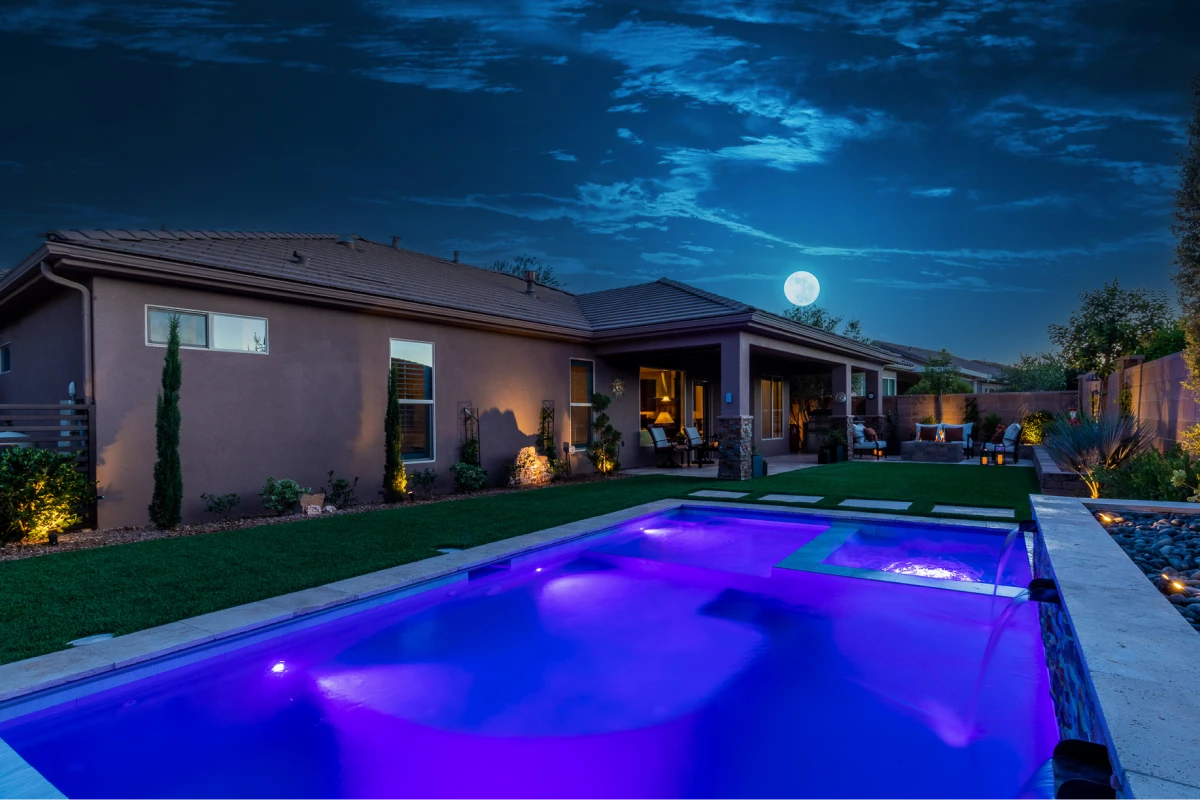
A primary function, especially for retaining walls, is controlling soil erosion. By stabilizing banks and managing changes in elevation on a sloped area, these walls help maintain the integrity and usability of your landscape, preventing soil loss during heavy rains.
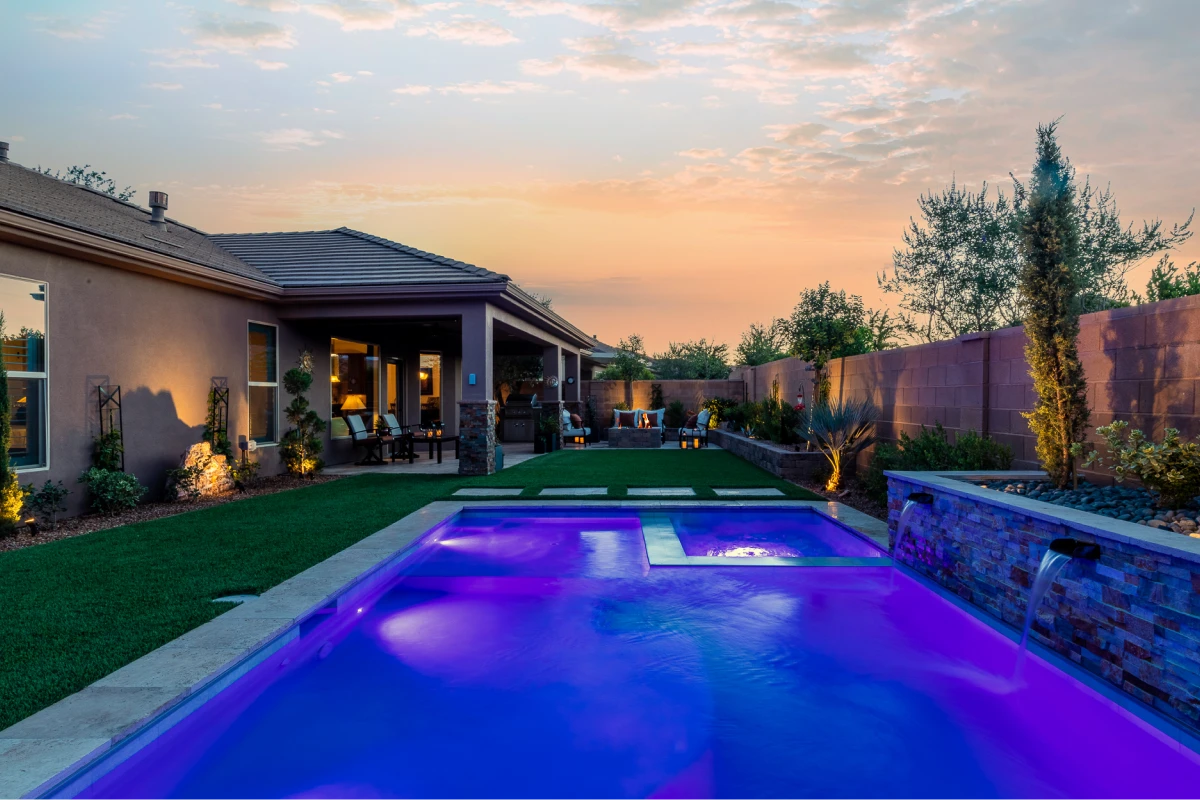
Thoughtfully designed and professionally installed rock walls can significantly enhance your property's overall value. Potential buyers often recognize the added beauty, functionality, and structural improvement that a well-built stone wall or rock wall provides.
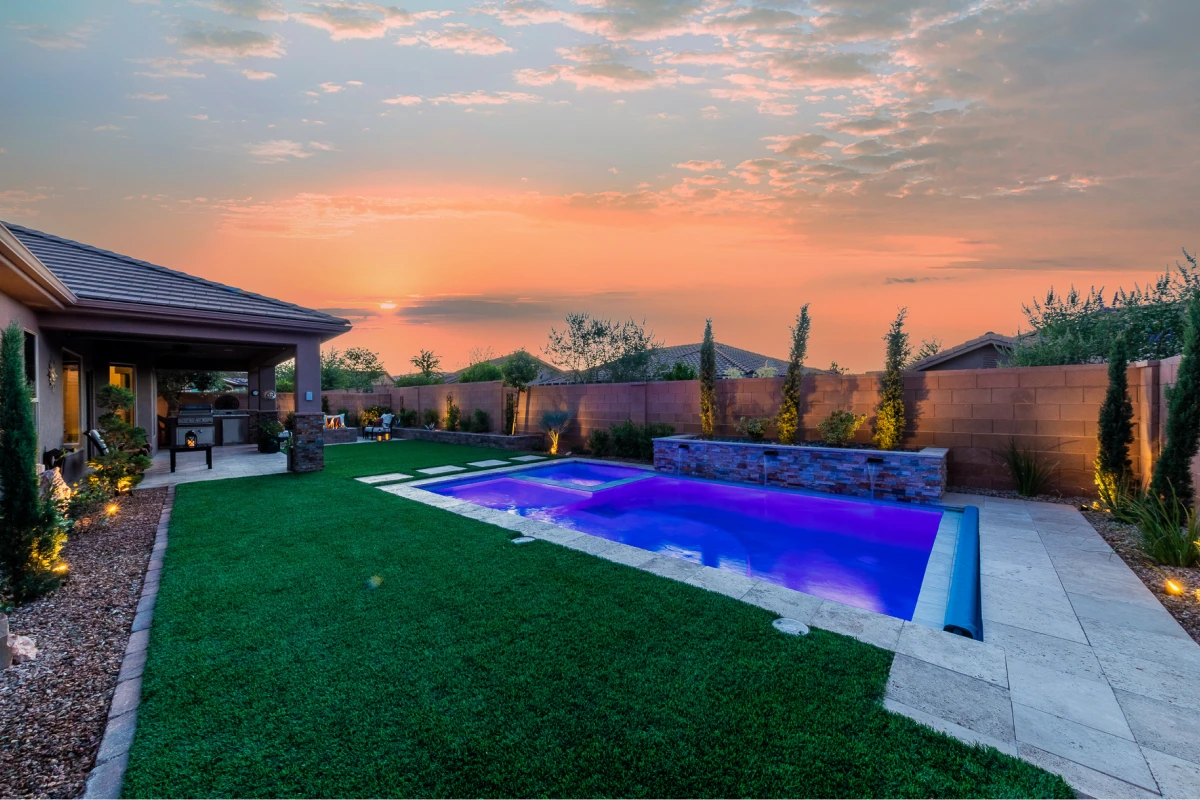
Periodically inspect your wall for signs of movement, bulging, or damage. Check for loose stones or cracked mortar in mortared stone walls. Addressing minor issues early prevents larger problems. Check drainage outlets for retaining walls to ensure they aren't blocked.
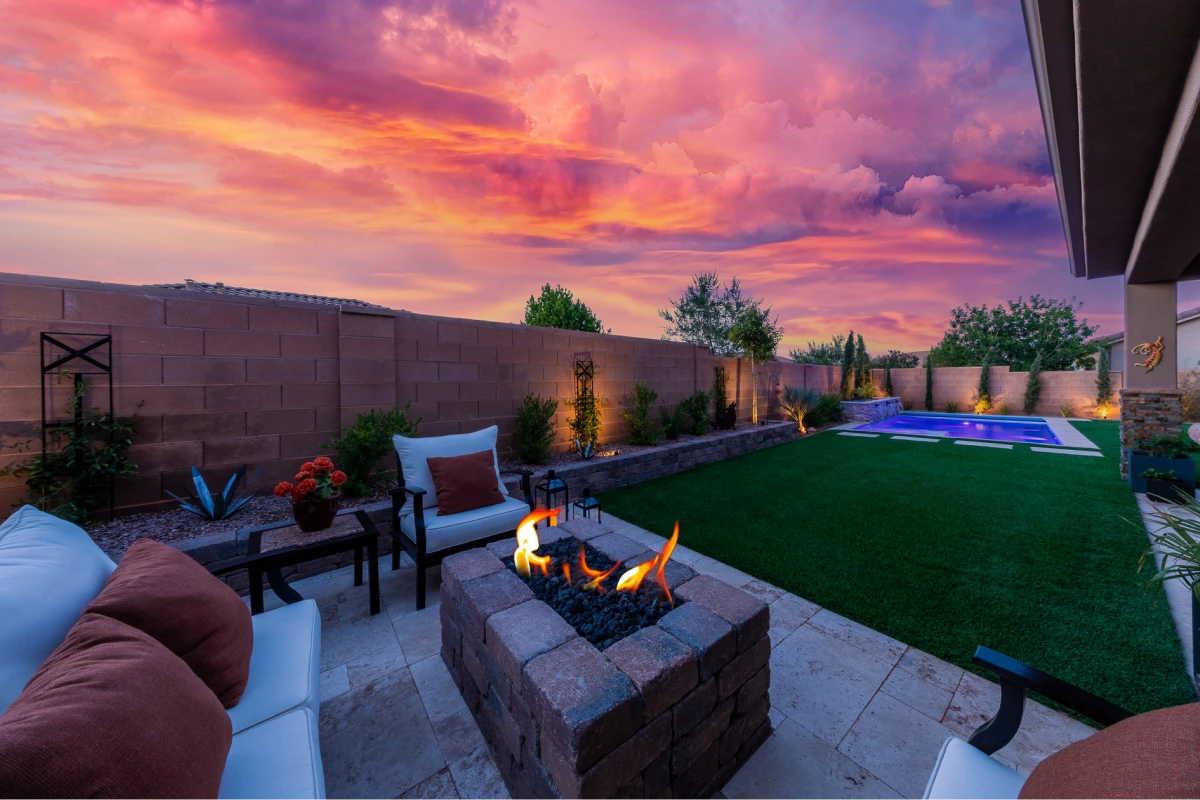
Weeds or unwanted plants can grow between stones, especially in dry stack walls. Remove them regularly. While some climbers (plants) can look attractive on a wall, ensure they aren't damaging the structure.
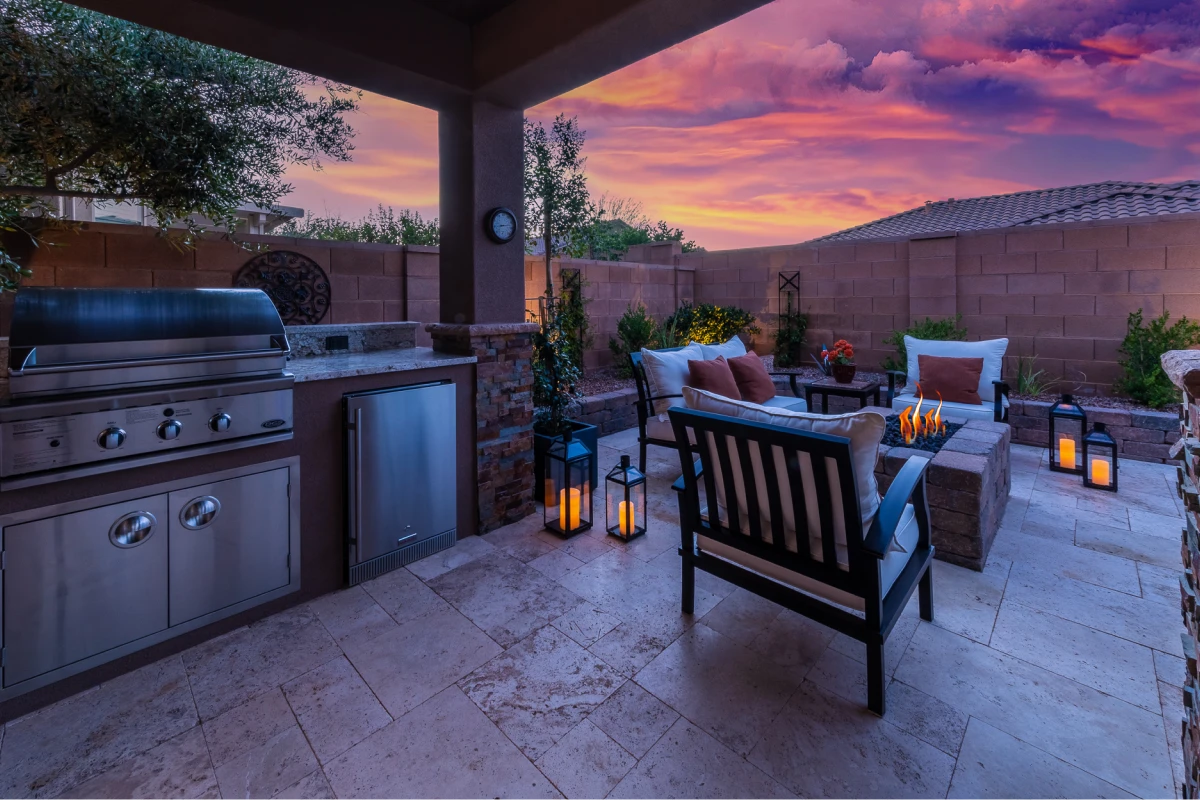
Occasionally clean your rock wall to remove dirt, moss, or algae buildup. A gentle wash with water and a stiff brush usually suffices for natural stone.